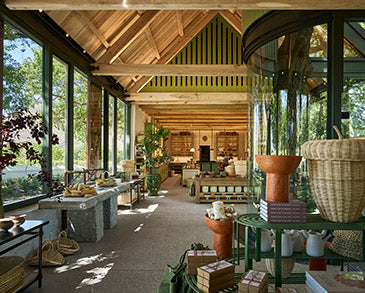Before bread: the significance of mills
The development of civilization is closely connected with the farming of grains. Originally, people lived nomadic lives, hunting for food and gathering what grew naturally. However, with the realisation that seeds of grains could be eaten and safely stored, people began to settle in areas where these grains thrived. The further understanding that grains could be cultivated, along with the importance thereof for survival, resulted in more permanent settlements and the development of agriculture. Bread is thus a product and an enabler of the great civilizations of the ancient world and the basic food of mankind.
Milling wheat is one of the oldest human food production processes and one of the first manual processes to be mechanised. For thousands of years, wheat was ground using millstones. These were originally rotated by hand, but animals, water or the wind were later harnessed to power this process.
As early as 30 000 BC, Palaeolithic man used simple hand mills to reduce natural ochres to powder for rock art. We do not know whether these hand mills were used for grinding seeds into flour, but they were among the earliest of humanity’s implements. Mills have played a significant role in shaping civilizations across the globe, and were, for many centuries, an important part of daily life. They have also played a significant part in South Africa's history and contributed to our understanding of human development in the country. The circumstances leading to a mill's development are enmeshed with the development of a place. Today, it is considered an important aspect of industrial archaeology in South Africa.













